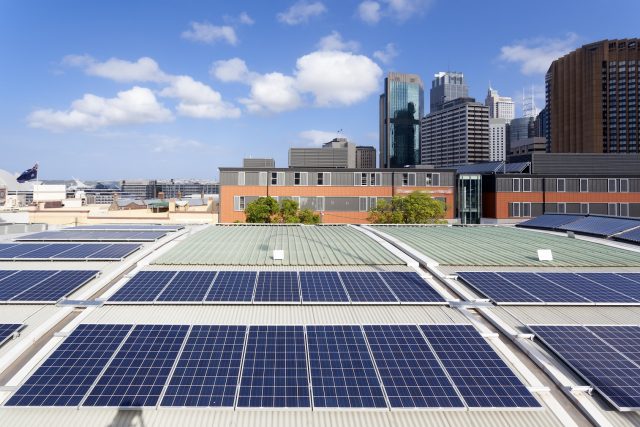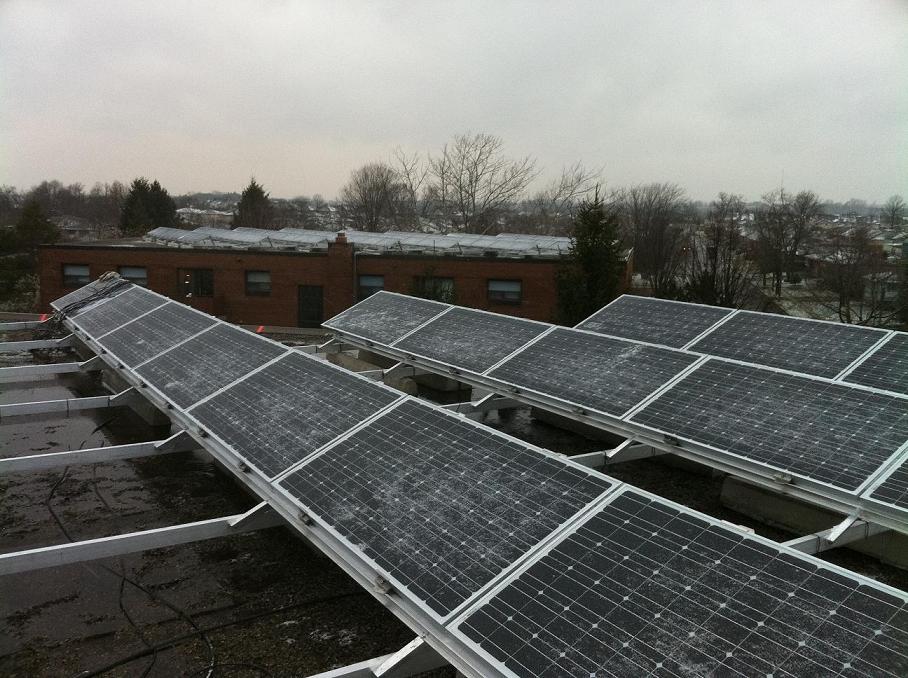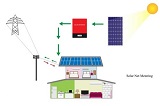Recently, The Ontario Ministry of Energy announced changes to regulations that positively impact commercial solar panels installations. What do these new rules mean for businesses in Ontario that want to install solar?
How Net Metering Works
Sometimes, Net Metering is described as “running the meter backwards.” Although this description is outdated since new digital meters do all of the calculations, it’s is a good visual image. Net metering allows a solar array to be part of a continuous back-and-forth flow of electrons from the solar array and the utility grid through the meter. When the customer uses more than they produce, they are buying retail power. When they produce more than they use, they are credited for the excess that is sent to the grid. In one sense, the grid serves as energy storage, or an energy “bank.”
Each month, the utility company credits the user for the excess energy and subtracts that amount from the bill. Any extra power that is produced that month is carried forward in the form of credit toward future bills, up to one year.
Commercial flat roof solar panels installation in Guelph, ON
New Changes to Net Metering rules in Ontario
In the past, max size of commercial Net Metering systems was capped at 500 kW, which made it difficult for larger businesses with higher usage to take advantage of the Net Metering program. Now, new rules are in place that lift the 500kW cap and make it much easier for businesses to install solar panels and generate enough solar energy to cover their own demand.
Ontario has recently updated their Net Metering regulation with the following directives:
- Continue to compensate solar energy generators on the same basis as they are charged for consumption of electricity as consumers (i.e. volumetric electrficity charges). Commercial entities must generate power primarily for their own use.
- Require Local Distribution Companies to carry forward positive bill credits for net-metered accounts for a consecutive 12-month period. This would extend the credit carryover period from 11 months to 12 months.
- Remove the requirement that the solar panels system used to generate electricity be no greater than 500 kilowatts (kW), based on the rated maximum output capacity of the equipment. The intent is to enable commercial customers to right-size solar PV systems to their load. Larger customers tend to self-consume a higher proportion of generated electricity during the day, matching generation to their demand, which in turn helps reduce local load and related infrastructure needs.
- Allow for the use of energy storage when paired with renewable energy generation. In other words, storage, remittance of electricity from the grid and from a commercial solar panels system would all be permitted.
- Allow participants who already have existing Net Metering agreements the option of entering into new agreements which reflect the updated provisions, or of maintaining their existing agreements.
This is all good news for commercial businesses and manufacturing facilities who want to bring solar into their energy mix. The ability for proper system sizing, one-year bankable energy credits and allowances for on-site energy storage are all positive steps.
To discuss your individual project, find out how much a Net Metering system can cost, what’s required to submit application, receive permits and approvals, simply fill out a Request Form and we’ll get back to you withing 24 hours!













